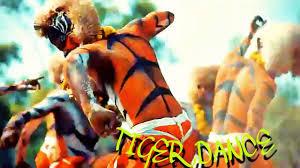6 Days Road Trip from Bangalore
Towards Tamilnadu and Kerala This is a blog based on the experience of a planned and well executed 6 days bike ride to different destinations in Tamilnadu and Kerala. Anybody looking for a perfect break can plan something similar. Day 1(Bangalore-Madurai) 450kms With all good preparations as per your requirements, start the trip from Bangalore early in the morning. Suggested time is 5-5.30AM. You can plan for breakfast, tea breaks and lunch at convenient places. There are good restaurants at Krishnagiri, Salem, Karur and other places. You can reach Madurai by 2-3 PM, as the road is a 4 and 6 lane highway throughout. Once you reach lookout for a hotel to stay near the Meenakshi temple; or book in prior to avoid last minute hassles. After freshening up you can visit the temple which is open from 4pm to 9pm. After darshana, you can explore the city, have dinner and go to bed. Day 2(Madurai-Rameshwaram-Kanyakumari) 175+300kms Start the day two early by 5am. As the distance to be covere



